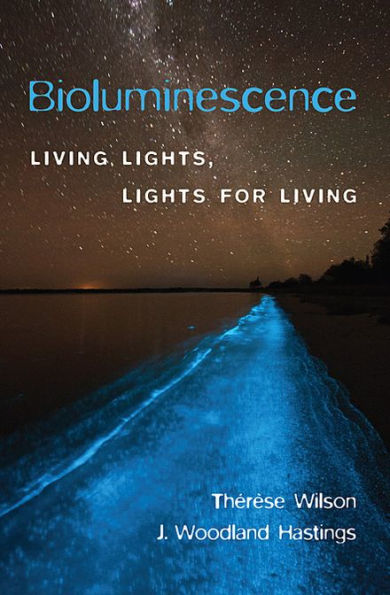Table of Contents
Acknowledgments vii
Introduction 1
Part I Five Different Bioluminescence Systems 7
1 A Marine Crustacean 9
Bioluminescent fishes as plagiarists and thieves
2 Jellyfish and Green Fluorescent Protein 21
A soft coral, a calcium-sensitive protein, and fish with related bioluminescence systems
3 Fireflies and Other Beetles 31
Luciferase-dependent bioluminescence color and rhythmic displays
4 Dinoflagellates and Krill 45
The sparkling clocks of the oceans and bioluminescent shrimp
5 Bacteria 61
Bacterial "communication," symbioses, and milky seas
Part II Diversity, Functions, and Evolutionary Origins of Bioluminescence 77
6 Short Accounts of Other Luminous Organisms 79
Having different and not well-characterized biochemistries
7 Bioluminescence in the Oceans 105
Anglerfish, dragonfish, and a Lake Baikal parenthesis
8 The Many Functions of Bioluminescence 119
Defense, offense, communication, and propagation
9 The Origins and Evolution of Bioluminescence 125
How did luciferases originate?
Part III Bookends 133
10 Applications 135
Tools for biology, medicine, and public health
11 How Does Life Make Light? 147
"Excited molecules" and bioluminescence
Glossary 163
Further Reading 169
Illustration Credits 177
Index 181



